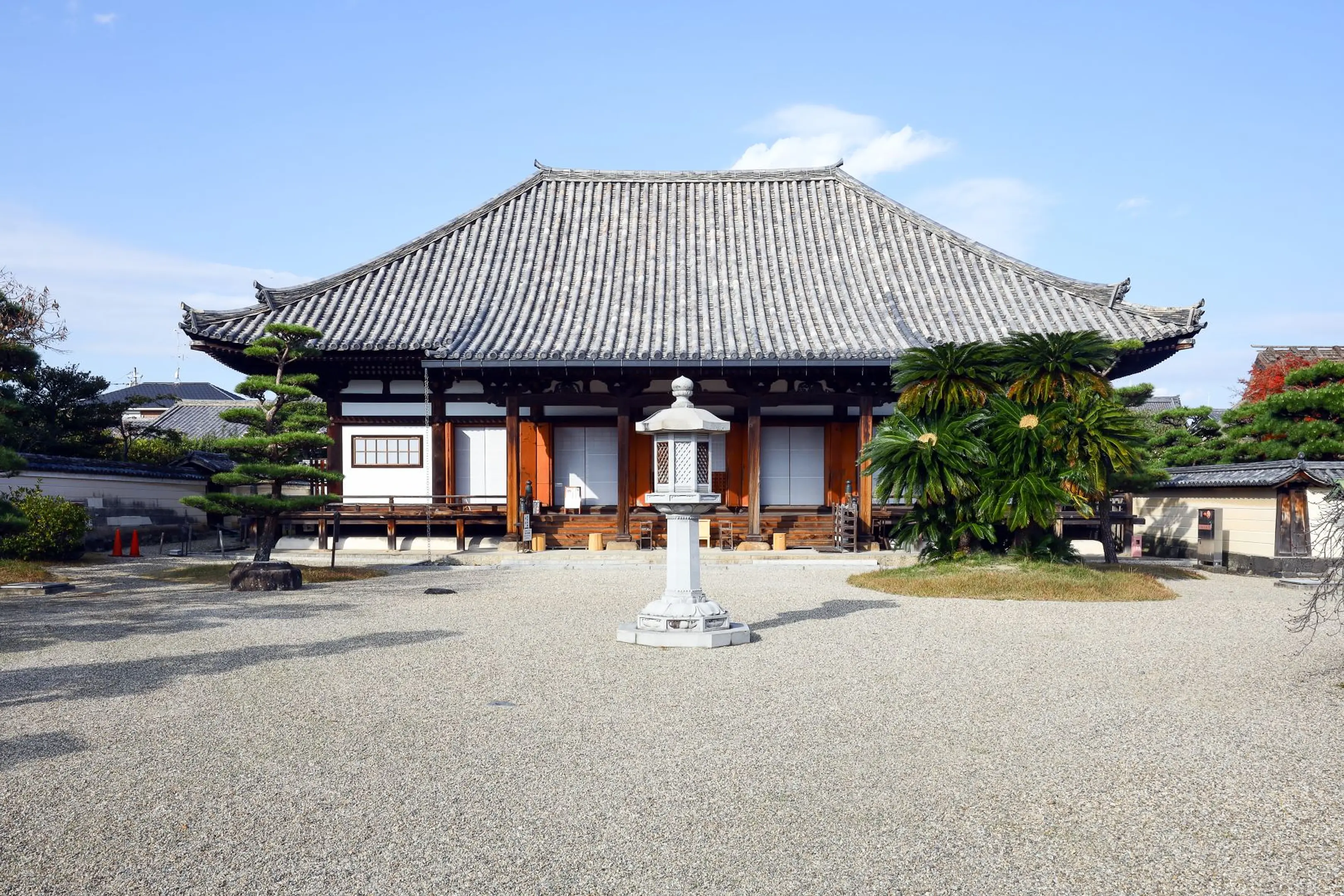Model Course
「佐保路」 の三観音めぐり
佐保路は、東大寺の転害門から西へ伸びる道。この道沿いに点在する不退寺、海龍王寺、法華寺へ三観音を訪ねます。
| Areas |
heijou |
|---|
Model Course
Nara City Tourist Information Center
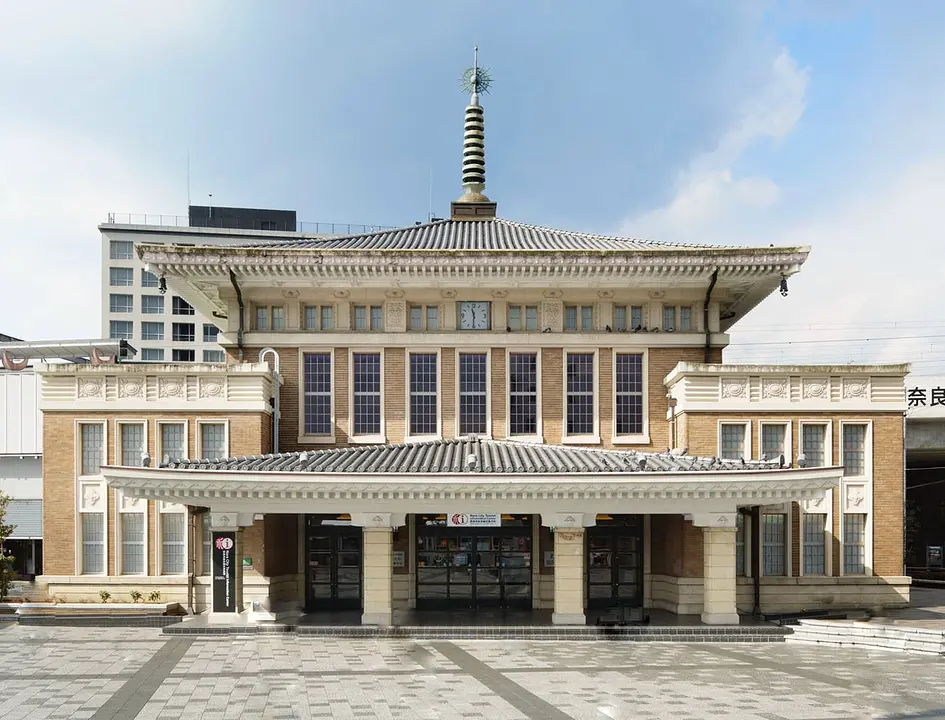
Nara City Tourist Information Center
The former station building of JR Nara Station opened on July 25, 2009 as the Nara City General Tourist Information Center. There is also tourist information in foreign languages and a tourist information search corner connected to the internet.
Futai-ji Temple
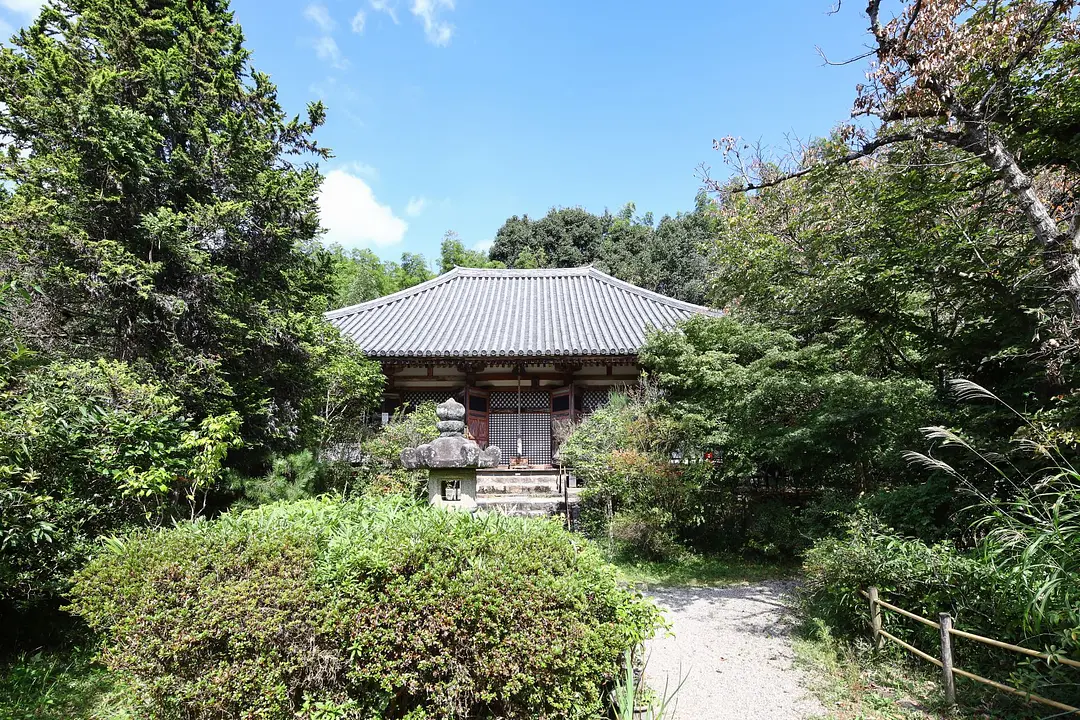
Futai-ji Temple
The temple is related to Ariwara-no Narihira, known as the central figure in the Tales of Ise. It is said that Narihira founded this temple by carving a statue of Holy Kannon (Avalokitesvara) himself. Thus, this temple is also called Narihira-dera. The installation of the south gate (Important Cultural Property) on which a heroic kaerumata (a strut with the design in the shape of splayed frog’s legs) is placed, the unique and delicate lattices referred to as narihira-koshi of the hondō (main hall), and a tahōtō (two-storied pagoda) missing its top, etc. creates an atmosphere of the elegant residence of a nobleman, rather than that of a temple. Important Cultural Properties such as the standing statue of Shō-Kanzeon-Bosatsu (Avalokitesvara bodhisattva) with elegant ribbons, and the Godai-Myō-ō (Five Great Wisdom Kings) with a rare complete set of 5 statues, are being preserved in the hondō.
Kairyuo-ji Temple
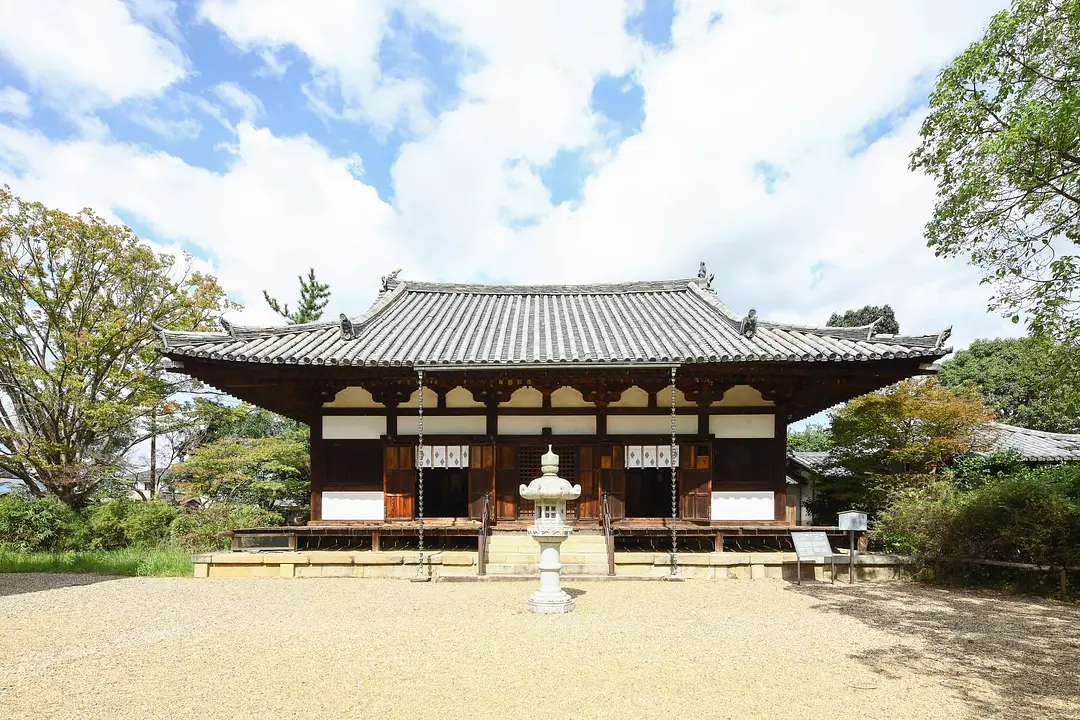
Kairyuo-ji Temple
Early in the 8th century, Kairyuoji-temple was built closest to Heijō Palace at the wish of Empress Kōmyō to serve as an invocation for a safe passage of Japanese envoys voyaging to Tang Dynasty China. The beautiful standing statue of the eleven-faced Kannon Bosatsu (Important Cultural Property) is housed in the main building, or hondō, and the elaborate five-story miniature pagoda (National Treasure) is housed in the West Golden Hall, or saikon-dō.
Hokke-ji Temple
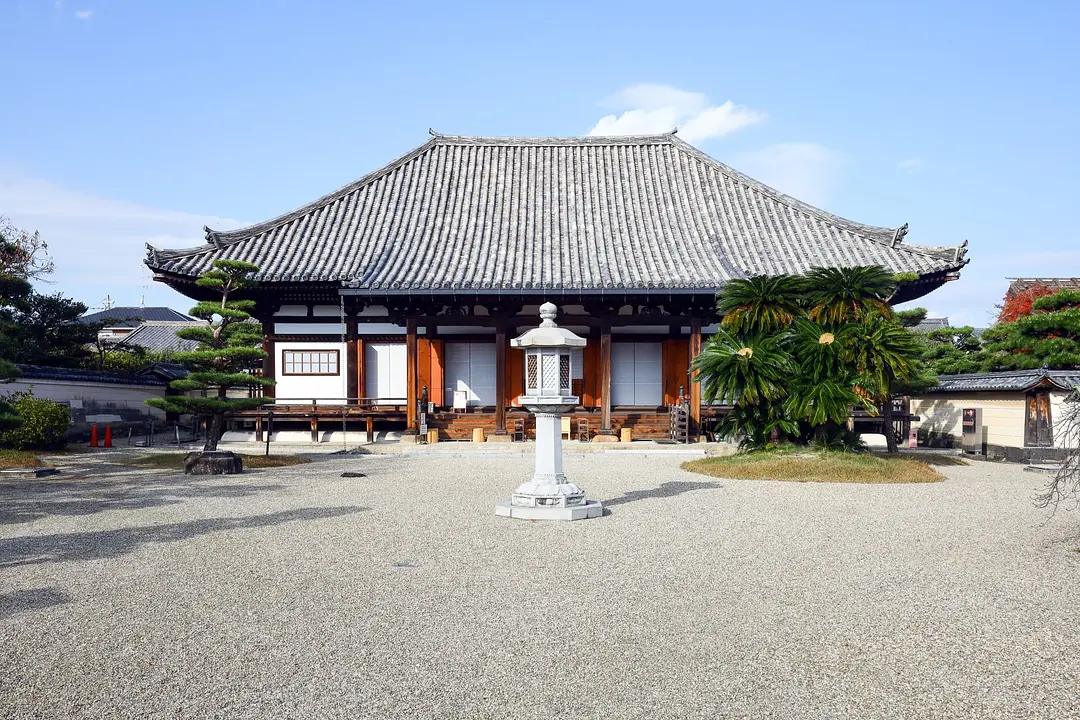
Hokke-ji Temple
Hokkeji is a dignified nunnery, and one of the Three Yamato Monzeki. Empress Kōmyō had it built on the site of the residence of Fujiwara-no Fuhito, as the head of all provincial nunneries. It was called Hokkemetsuzai-no-tera and reached its peak, being equipped with a complete seven-structured temple complex. In the main hall or hondō, rebuilt in the 16th century, the beautiful standing statue of the eleven-faced Kannon modeled after Empress Kōmyō is housed.
